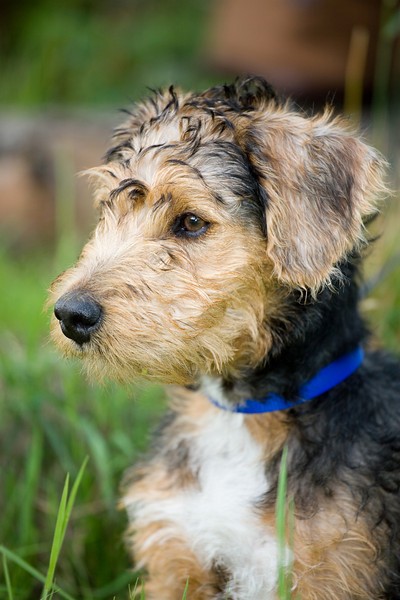Sarah, you’re dealing with light, and you already know that you have to have a certain quantity of it for the exposure to be “properly exposed”. As far as the camera is concerned, “properly exposed” is when whatever you’re metering off, is about 18% (some say it’s 15%, or even 12%, but let’s ignore the actual number for the time being). You have several metering modes on your camera: Evaluative, center-weighted, and spot.
Evaluative looks at the overall picture. Center-weighed looks at the overall picture, but gives more importance (weight) to the center. Spot metering looks only at the very center of the picture.
If your scene is more or less evenly lit, then evaluative is a good metering mode.
If the scene is more contrasty, or has rather strong differences in overall tone, then center-weighted metering is useful by pointing the camera at the most important part of the image, getting a reading off that, locking it it, and then recomposing to get a better composition, but having the right meter reading for your chosen subject. This approach assumes that your subject is not at the center of the frame (otherwise you would not have had to lock the exposure).
If the scene is very variable, and your primary point of interest is much darker or lighter than the rest of the scene, then the spot meter is the way to go, as it will allow you to set the exposure based on what the light on your primary point of interest is. For instance, you may be shooting a person with the primary light behind them (strongly backlit). If you use the evaluative meter, it will seriously underexpose the person (because their face is in shadow), as it “thinks” the backlit part has to be part of the average exposure. Center-weighted exposure will also not work well, as it will be influenced by the strong backlight. However, spot-meter reading off the face will give you the proper exposure for the face (and, allow the backlit portion to blow out, but you don’t “usually” care about that).
Remember, however, no matter what mode you’ve shot in, the meter is still trying to set the exposure so that its chosen area (whether large or small) is averaging to 18% grey. Now, what if your subject is darker or lighter than 18% grey? That’s when you dial in the exposure compensation. For example, suppose you’re shooting a dark-colored subject, and you’ve spot-metered off the subject and got a reading of 1/250 at f/8. Now the meter doesn’t know that you’ve aimed at a dark-colored subject, and will try to make that subject equivalent to 18% grey. You’ve got to tell the camera to adjust the exposure so that dark stays dark. Maybe a two-stop adjustment is necessary to do that. So although the meter says you need to expose at 1/250 at F/8, you dial in the exposure compensation of -2, and the actual exposure will now be two stops less (say, 1/1000 at f/8).
What if you’re shooting a snow owl? Well, the meter again gives you an exposure that is grey, but you know that the owl is white (say two stops whiter than grey). In this case, you’d meter off the owl, and adjust your exposure compensation to +2, so that the actual exposure is two stops higher than what the meter “thinks” it should be.
Exposure compensation only works when you’re in Av, Tv, or P mode. If you’re in manual mode, you tell the camera what the exposure should be, as you are in full control of all the exposure variables.
Another idea for exposure control, especially if you’re dealing with pretty static light, is to take a few shots at, above and below the exposure as recommended by the camera, check the histogram, decide which exposure gives you the best result, and then lock it in using the manual mode. Then, no matter whether you’re pointing at dark or light subjects, you will have the same consistent exposure. If your light changes, then your exposure has to change as well. But this approach allows you to establish a good exposure baseline and have a consistent set of shots.
It is not clear to me if you know how to read the histogram display on your camera, but it is one of the most valuable tools that digital photography gave to the photographer. Learn how to use it, and your exposure control will become much, much better.















